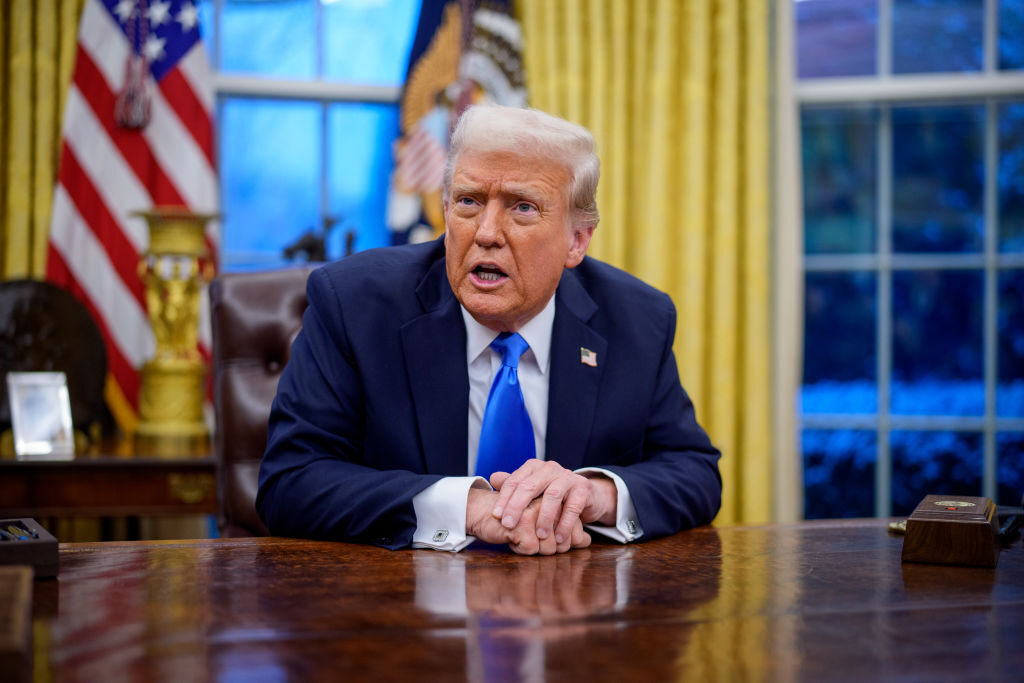Trump: This Is Biden’s Stock Market
President Donald Trump is drawing a sharp line between his current economic agenda and the recent downturn on Wall Street, placing the blame squarely on the policies of the previous administration. As financial markets experience their worst start to a presidency since 1973, Trump is making one thing clear: this is the Biden economy unraveling.
In a statement posted to Truth Social, Trump wrote, “This is Biden’s Stock Market, not Trump’s. I didn’t take over until January 20th.” The comment was a direct response to headlines and analysts attempting to pin early 2025 economic woes on his incoming administration. Trump rejected that narrative entirely, calling the recent setbacks a symptom of what he dubbed the “Biden Overhang”—a leftover mix of mismanaged monetary policy, globalist trade practices, and reckless spending.
The U.S. economy contracted by 0.3% in the first quarter of 2025. It’s the first negative growth reported since early 2022 and a red flag to investors who were hoping for a smooth economic rebound. While some economists have blamed the downturn on a surge in imports, arguing businesses were stockpiling goods ahead of Trump’s proposed tariffs, the president wasn’t buying it.
“This has NOTHING TO DO WITH TARIFFS,” Trump said. “We’re cleaning up a mess that started long before I got back in office. The boom begins after we clear out Biden’s economic damage.”
Since his return to the White House, the markets have taken a hit. The Dow Jones has fallen nearly 7%, and the S&P 500 is down almost 8%—the steepest decline at the start of any presidency in over 50 years. Critics have seized on the numbers, claiming Trump’s aggressive trade posture is scaring off investors. But Trump and his economic team see things differently. They believe that short-term volatility is the price of restoring long-term American strength.
Trump’s America First agenda is once again front and center. His administration is working on a wave of new trade deals, restructuring corporate tax incentives, and pushing for full-scale reshoring of key industries. The goal: make the U.S. less dependent on adversarial nations like China, and bring supply chains back under American control.
Senior officials in the Trump administration have emphasized that these moves will pay off—but only after the remnants of Biden-era policies are rooted out. “We’re not here to please hedge funds,” one White House official noted. “We’re here to rebuild American production, manufacturing, and energy independence. That’s going to create real value, not paper profits.”
Trump’s defenders argue that the media is once again rushing to judgment, using short-term market movements to discredit a long-term vision. They note that under Trump’s previous term, the economy experienced record growth, energy dominance, and a stock market that hit all-time highs before COVID-19 disrupted global economies.
Now, with inflation still lingering, housing affordability collapsing, and the national debt at unsustainable levels, Trump says his job is to reverse course—not to maintain a broken system. “The markets will rebound once the uncertainty of Biden’s policies is behind us,” Trump wrote. “We’re doing what needs to be done to bring America back—stronger than ever.”
As the 2026 midterms approach, Trump’s handling of the economy will remain a defining issue. His supporters see the early struggles not as a failure, but as evidence of the massive repair job required after four years of Democratic mismanagement. In their view, the only path forward is to stay the course—and let Trump finish what he started.

